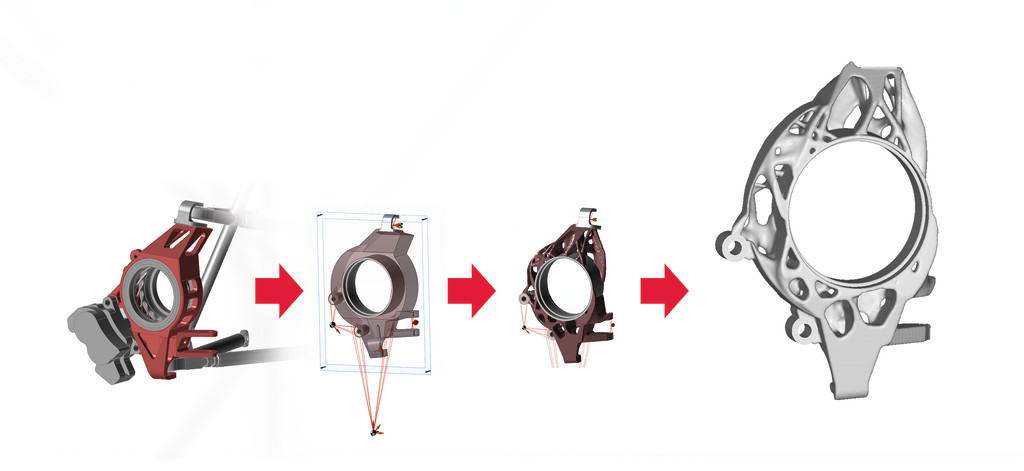This one: 440g full blown topology optimization with camber and toe stiffness as design targets, then a 3d-printed mold pattern and then cast from aluminium. Not an actual part for a car, only done for demo purposes of a nice simulation driven product development process ;-)

|
|





 Reply With Quote
Reply With Quote

